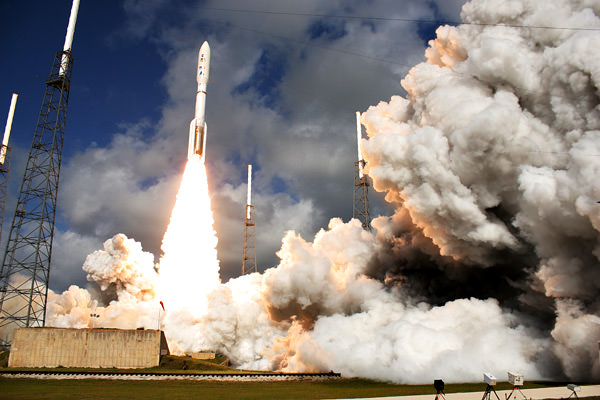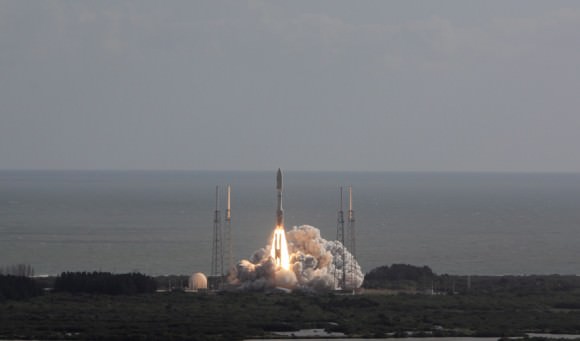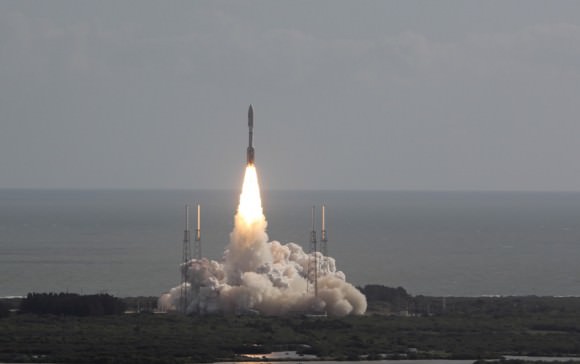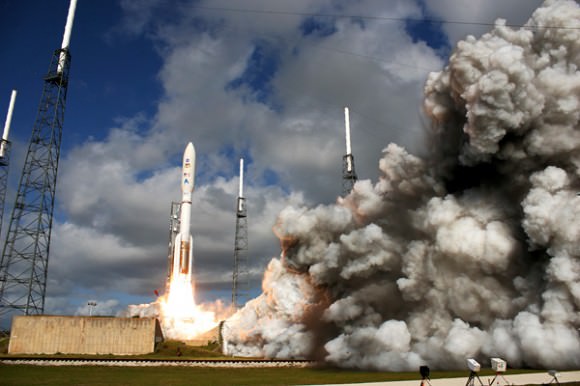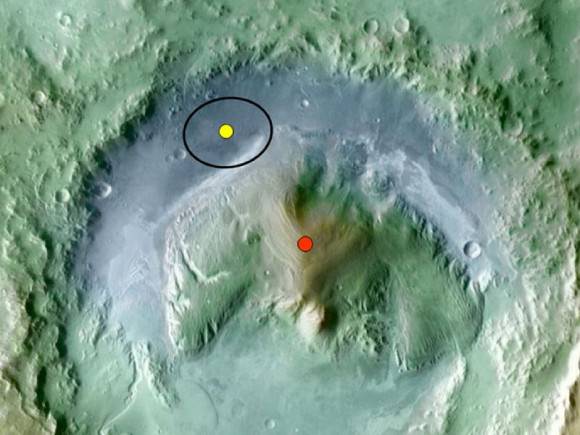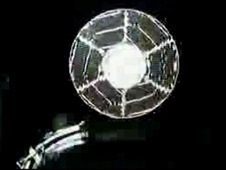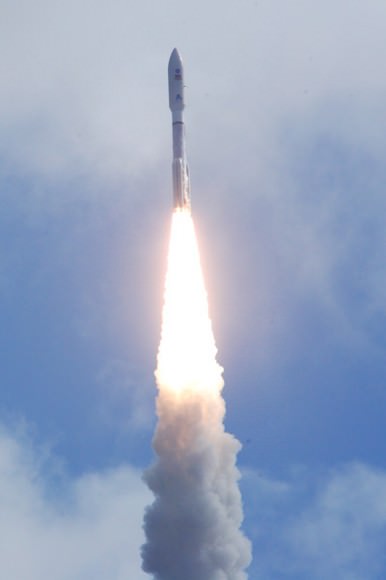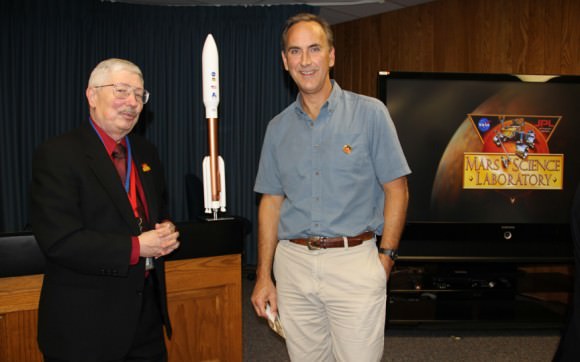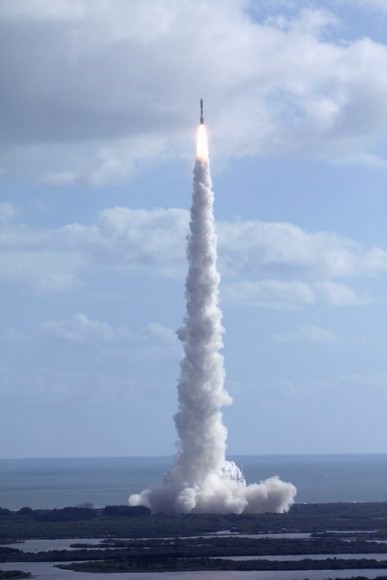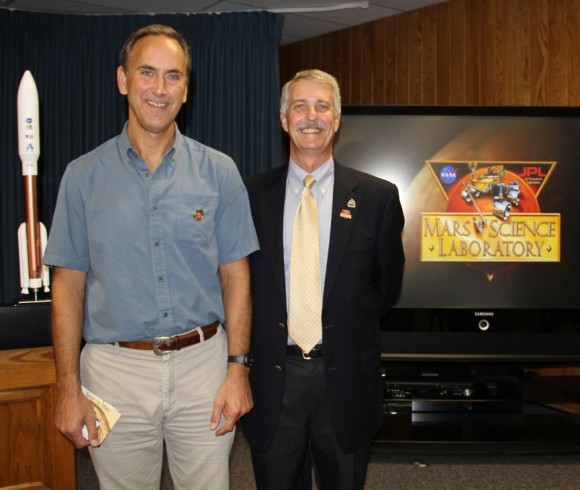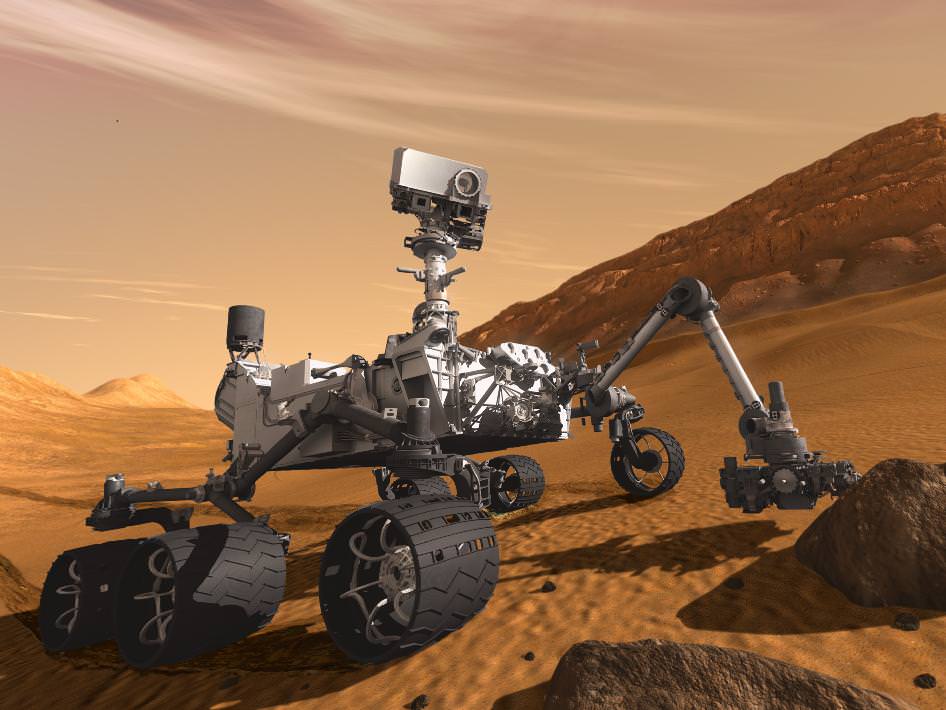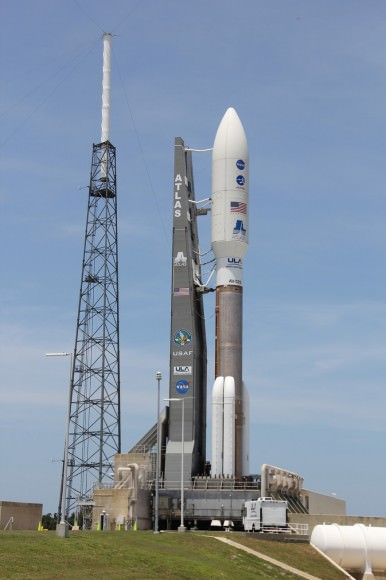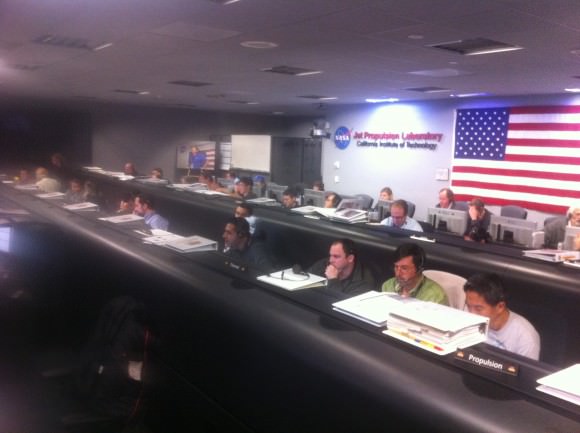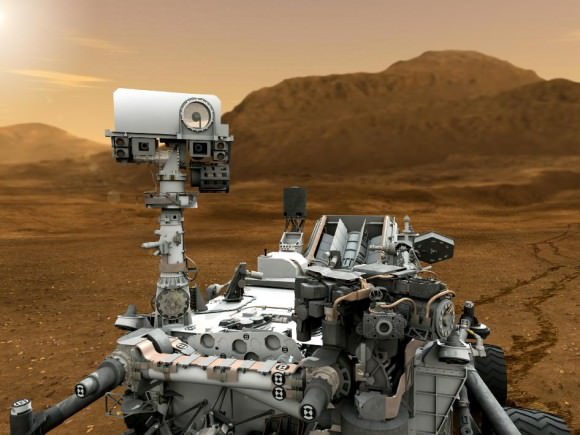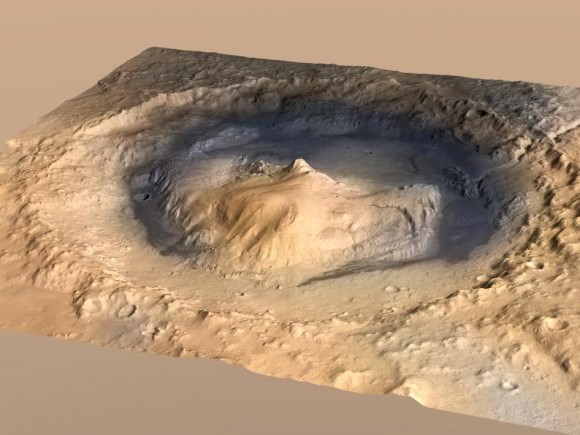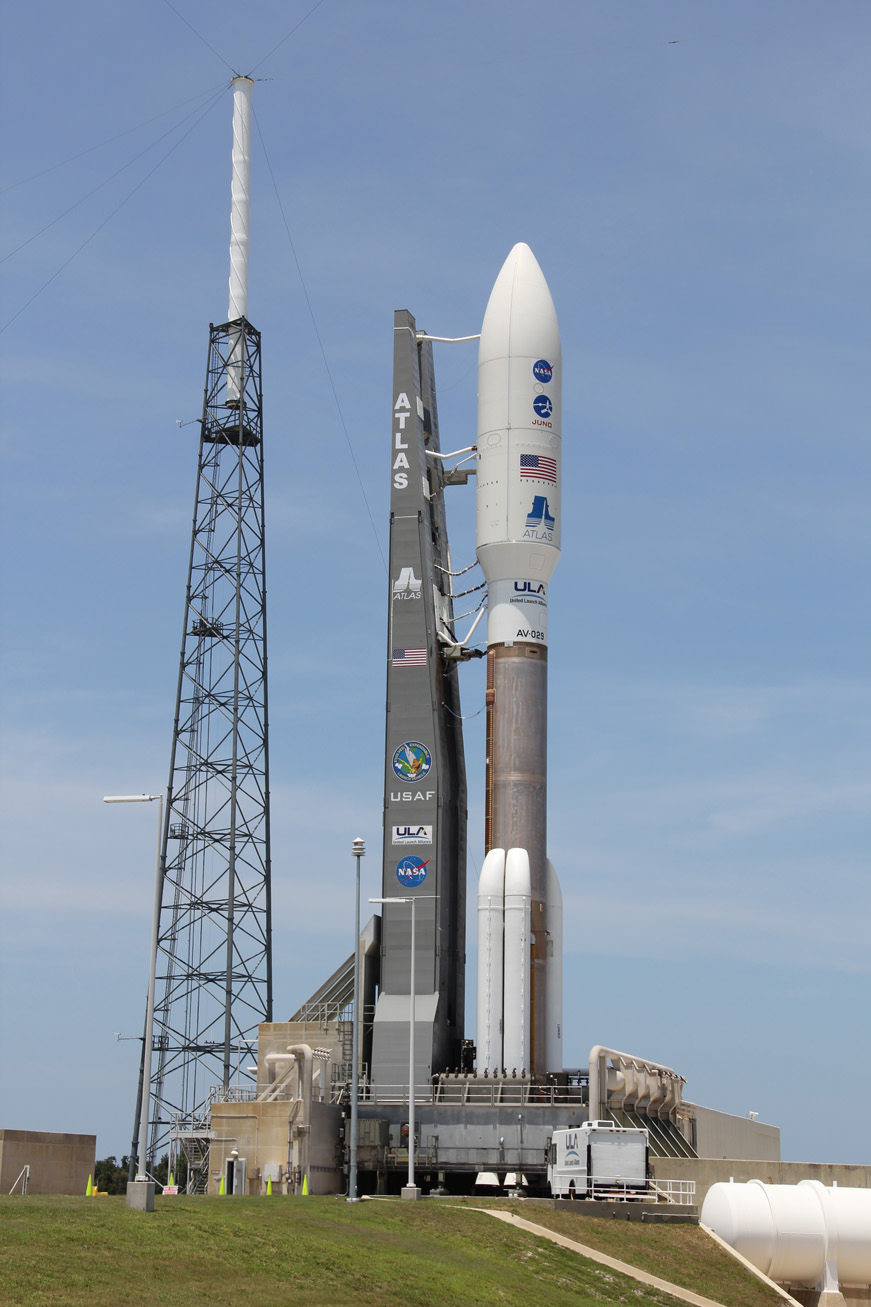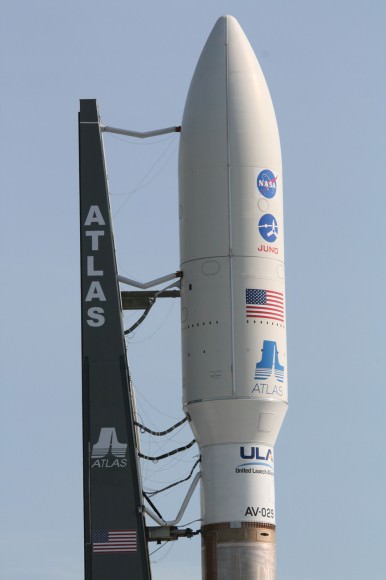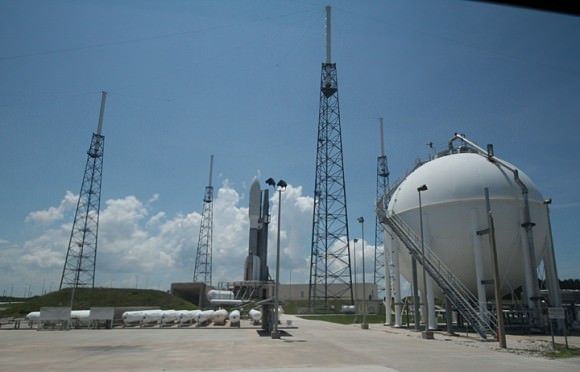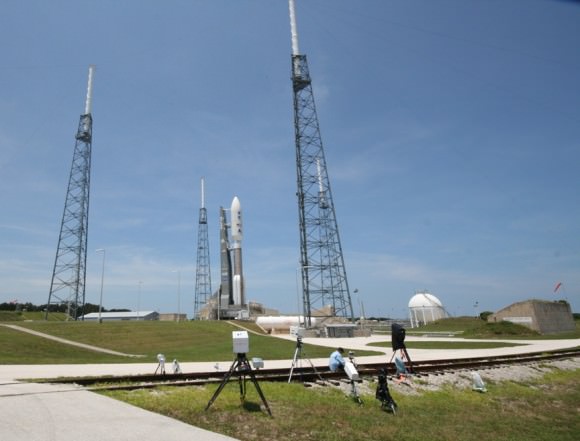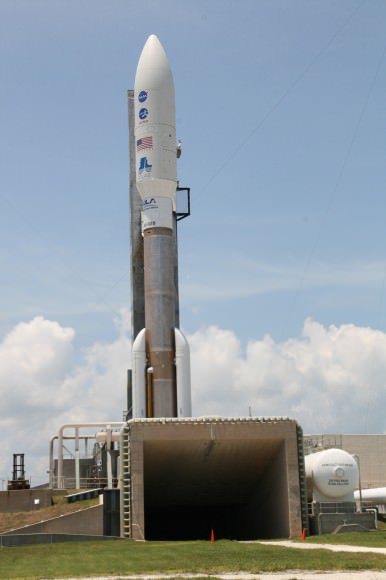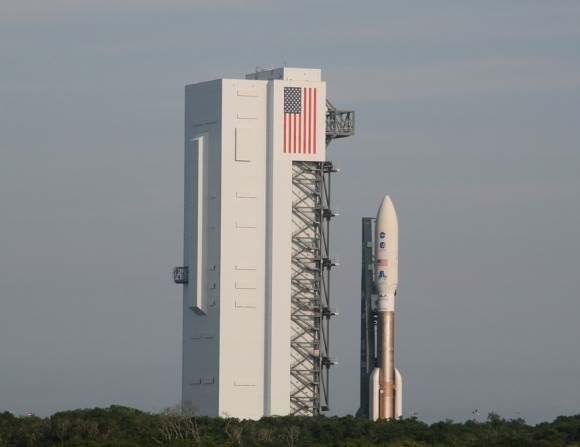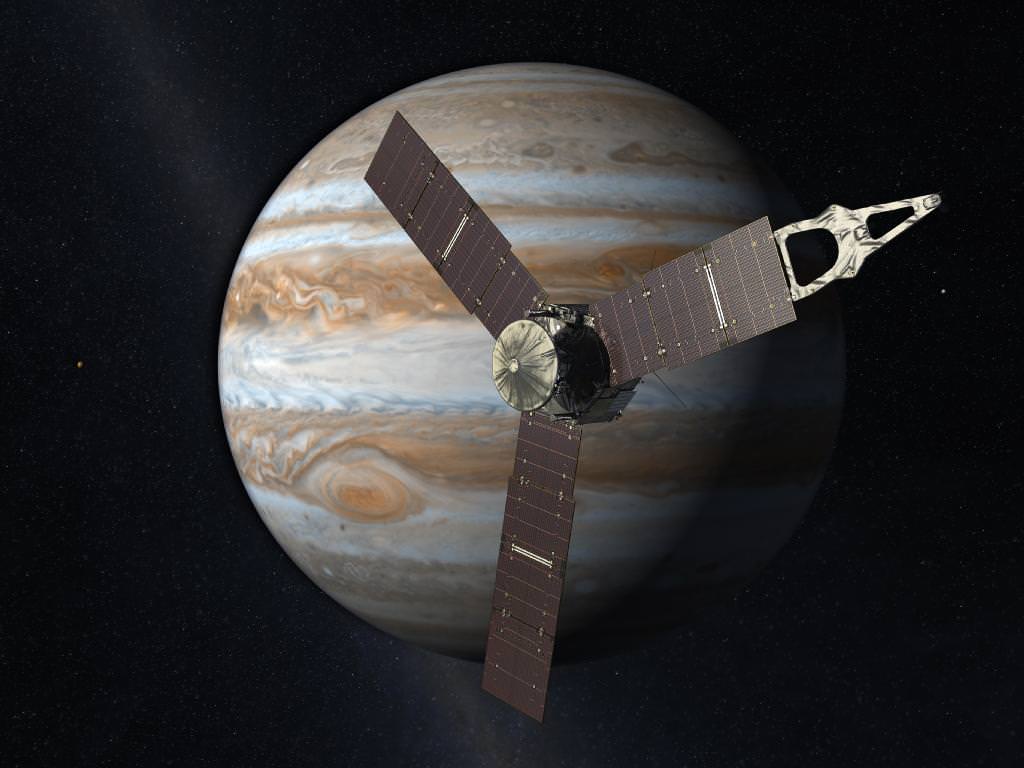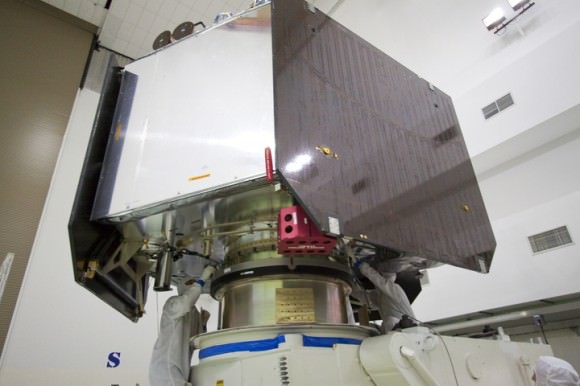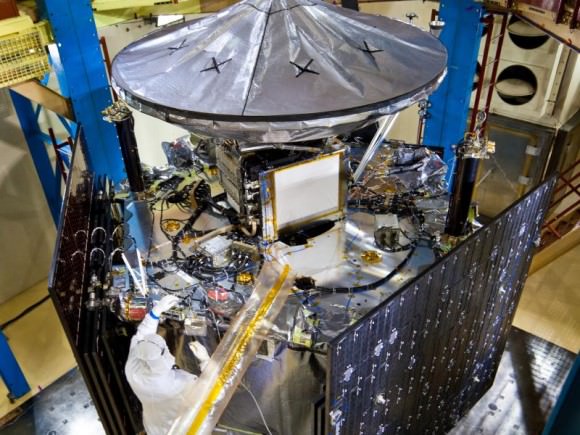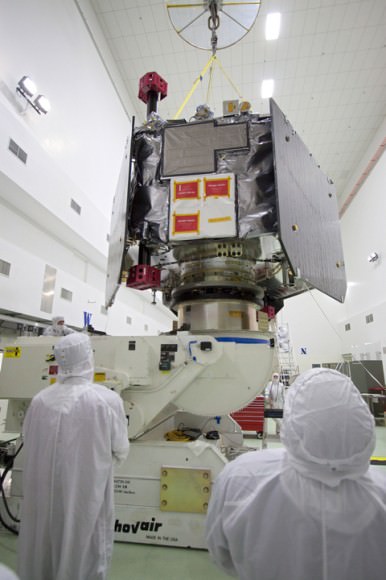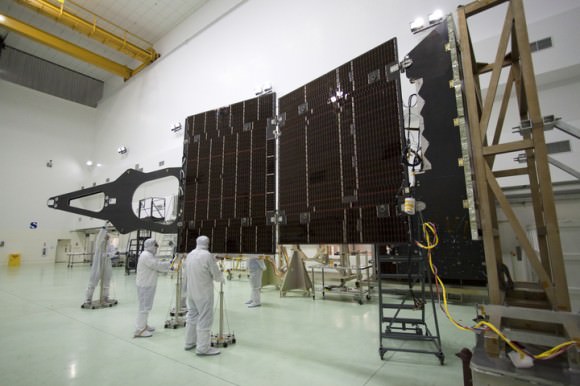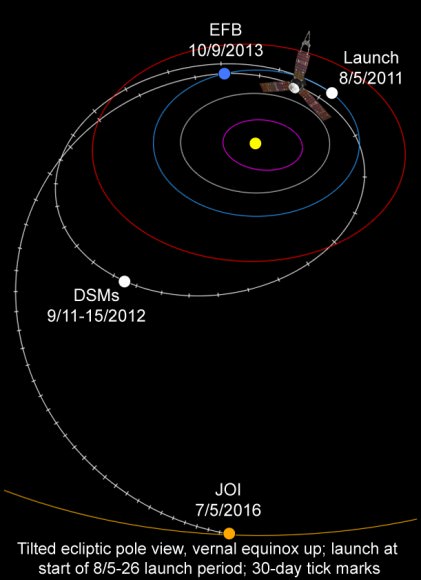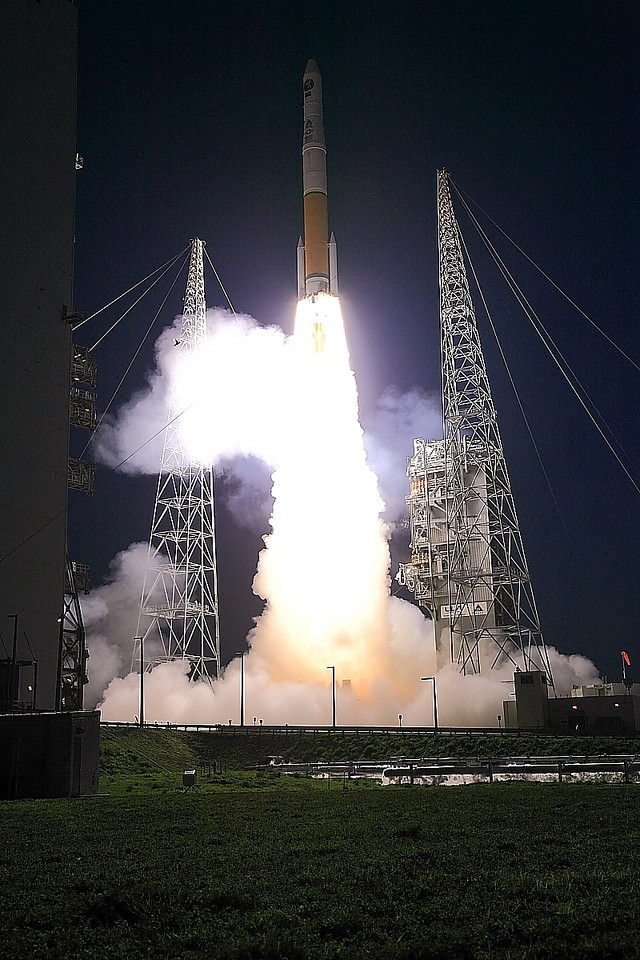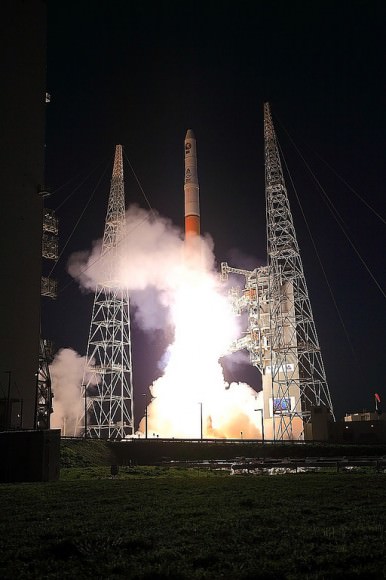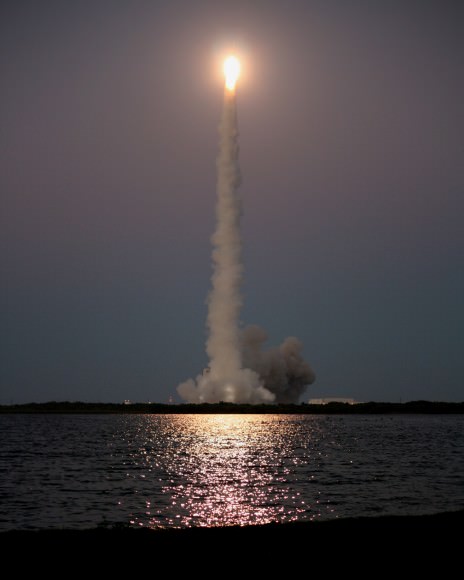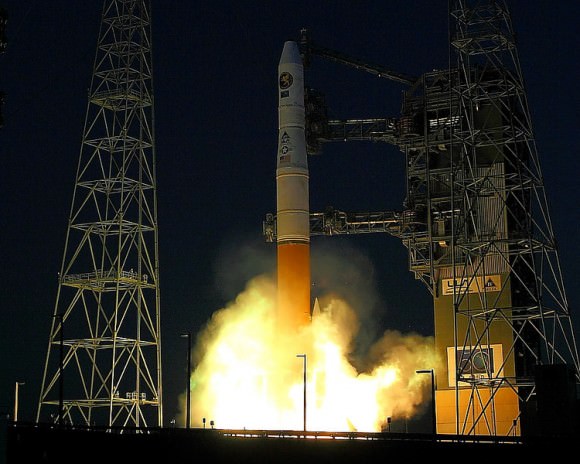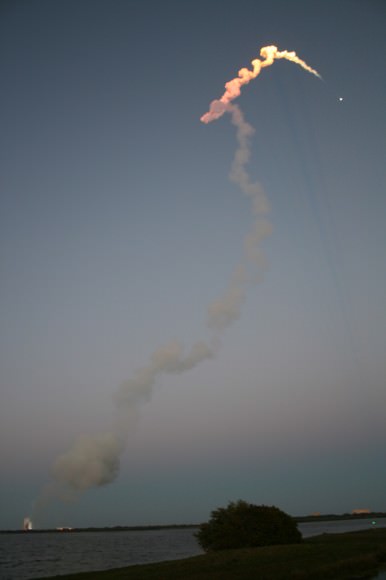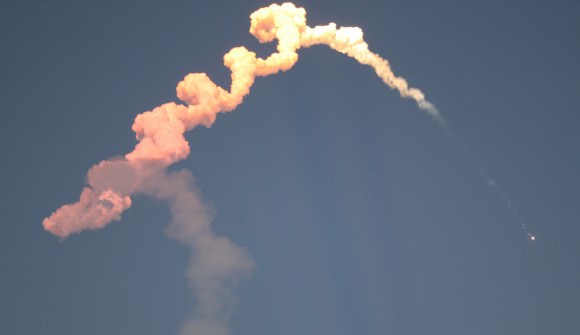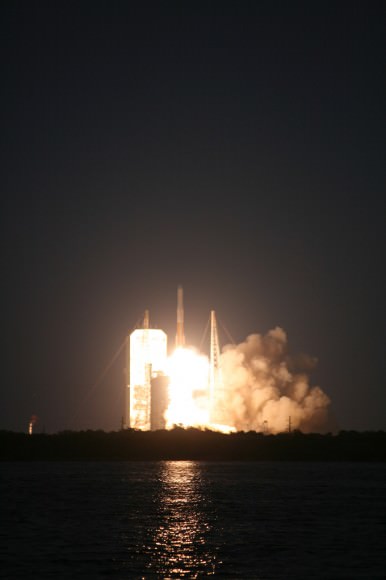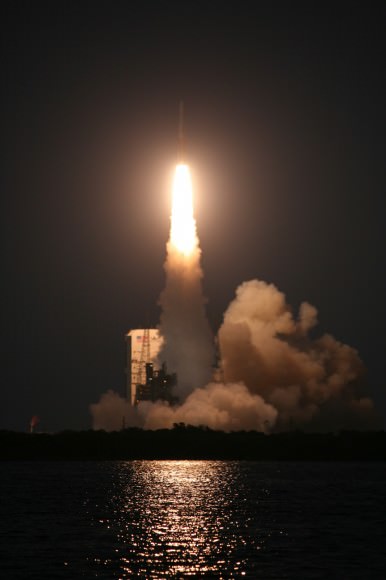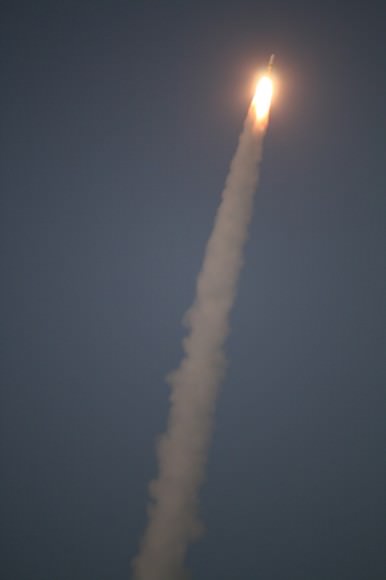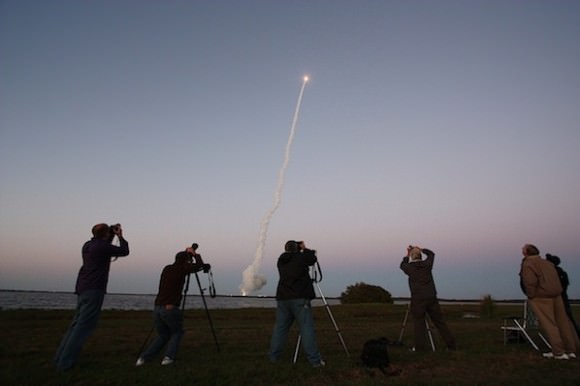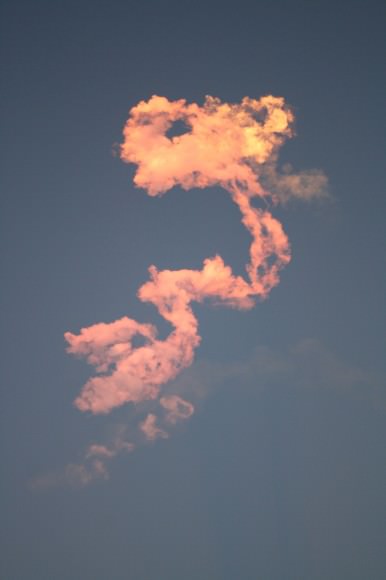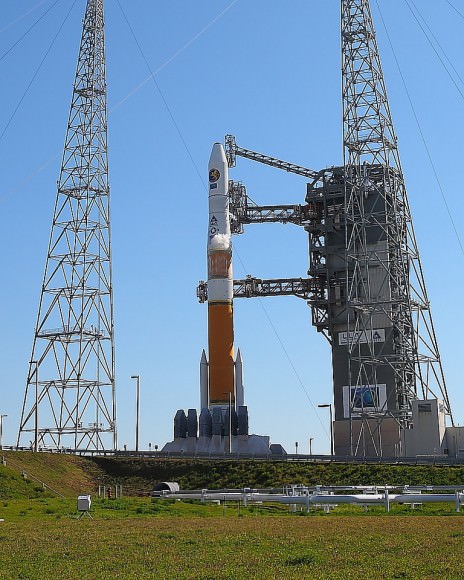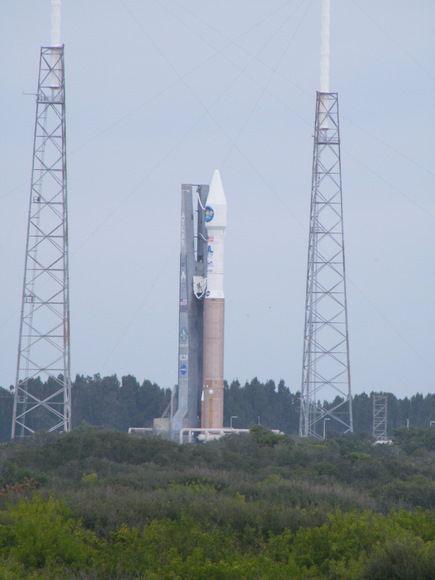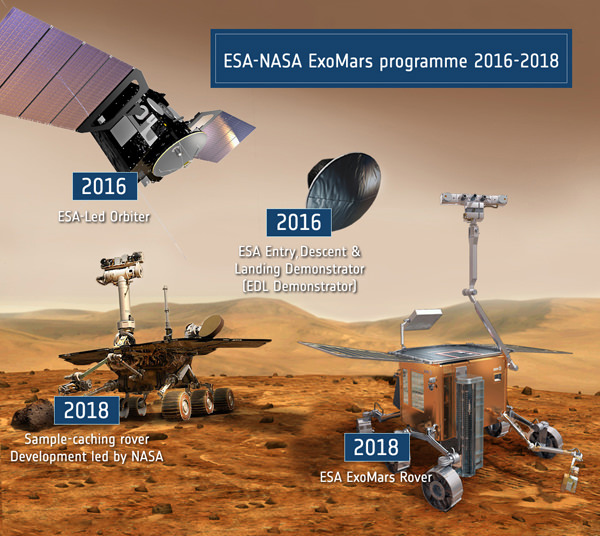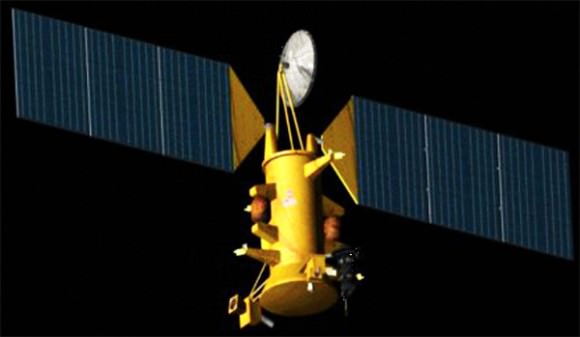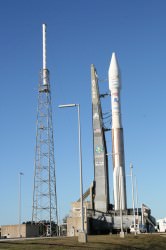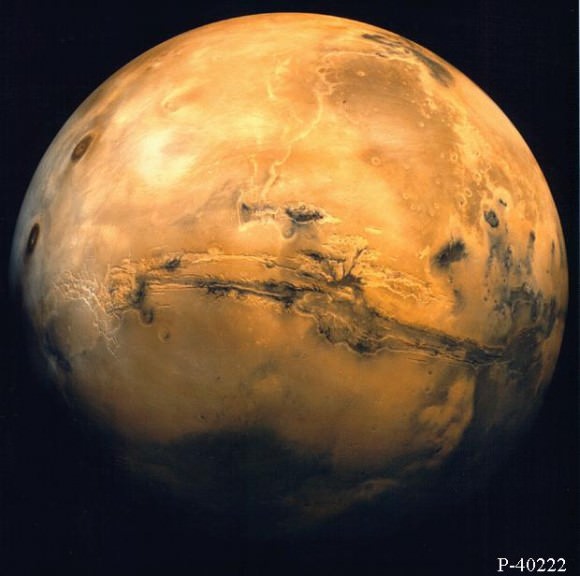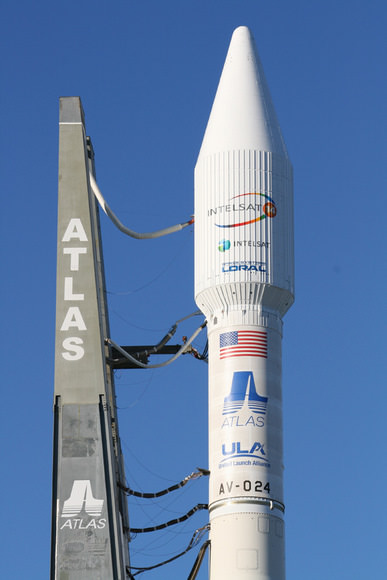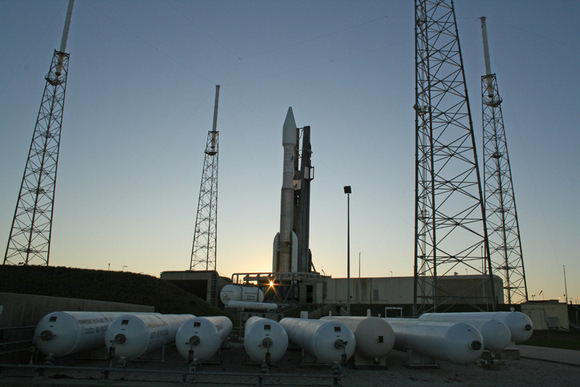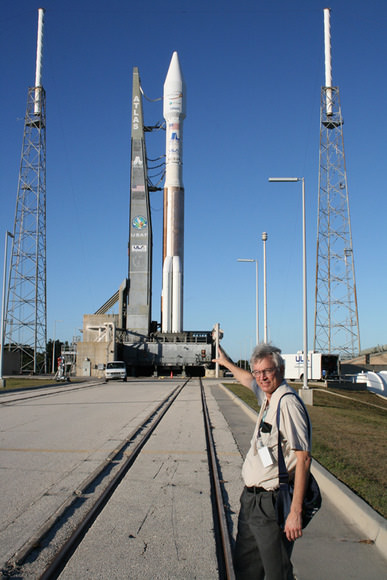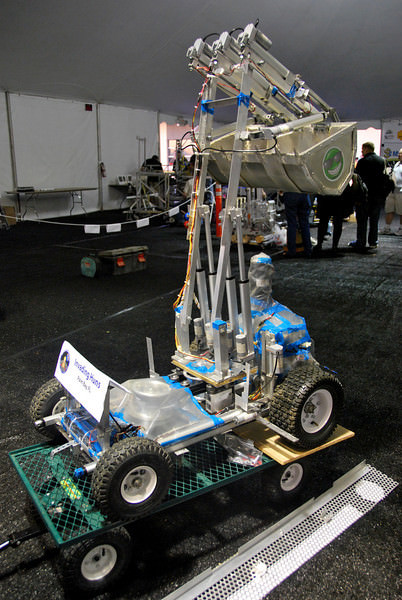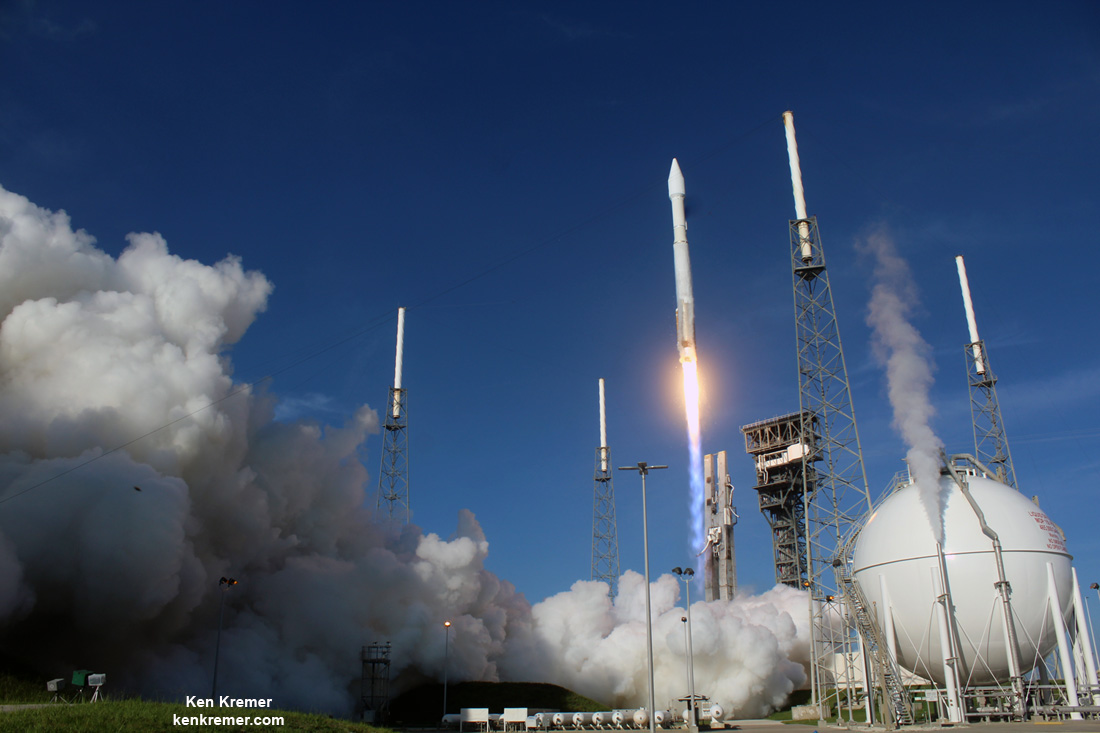
KENNEDY SPACE CENTER, FL – Today marked the end of an era for NASA as the last of the agency’s next generation Tracking and Data Relay Satellites (TRDS) that transmit the critical science data and communications for the Hubble Space Telescope and human spaceflight missions to the International Space Station, successfully rocketed to orbit this morning, Fri. Aug 18 from the Florida Space Coast.
The spectacular liftoff of the strangely fish-like TDRS-M science relay comsat atop a United Launch Alliance Atlas V rocket occurred at 8:29 a.m. EDT a.m. (2:29 GMT) Aug. 18 from Space Launch Complex 41 at Cape Canaveral Air Force Station.
The weather cooperated with relatively thin but artistic clouds and low winds and offered spectators a spectacular launch show that will not forget.
NASA’s $408 million next generation Tracking and Data Relay Satellites (TRDS) looks like a giant alien fish or cocooned creature. But actually plays an unparalleled role in relaying critical science measurements, research data and tracking observations gathered by the International Space Station (ISS), Hubble and a plethora of Earth science missions.
“TDRS is a critical national asset have because of its importance to the space station and all of our science missions, primarily the Hubble Space Telescope and Earth science missions that use TDRS,” said Tim Dunn, NASA’s TDRS-M launch director.
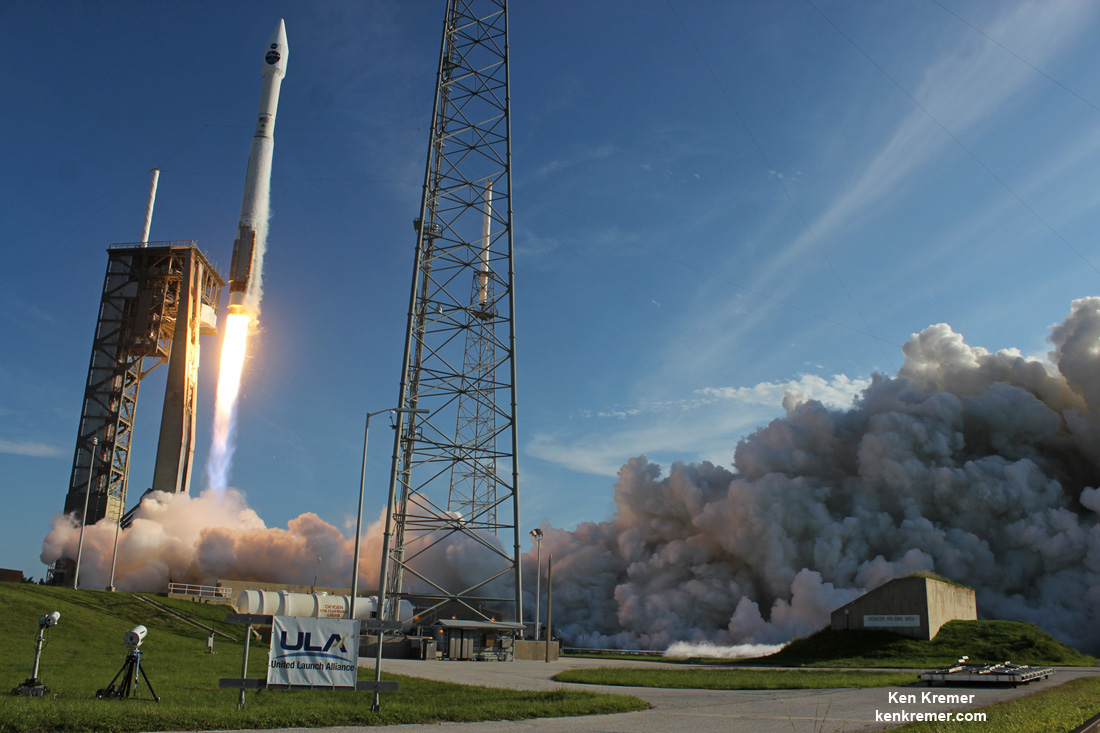
TDRS-M will provide high-bandwidth communications to spacecraft in low-Earth orbit. The TDRS network enables continuous communication with the International Space Station, the Hubble Space Telescope, the Earth Observing System and other programs supporting human space flight, said satellite builder Boeing, the prime contractor for the mission.
TDRS-M is the last of three satellites to be launched in the third generation of TDRS satellites. It is also the final satellite built based on Boeing’s 601 spacecraft bus series.
NASA plans to switch to much higher capacity laser communications for the next generation of TDRS-like satellites and therefore opted to not build a fourth third generation satellite after TDRS-M.
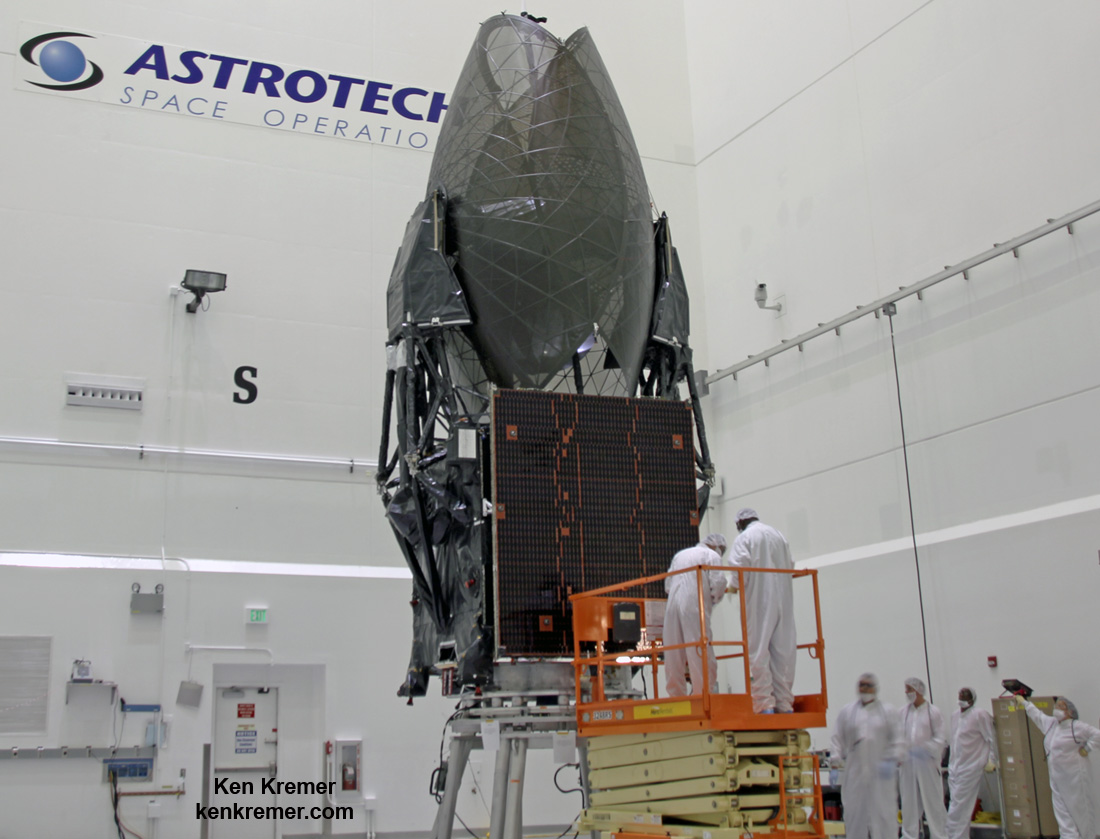
“The TDRS fleet is a critical connection delivering science and human spaceflight data to those who can use it here on Earth,” said Dave Littmann, the TDRS project manager at NASA’s Goddard Space Flight Center in Greenbelt, Maryland.
“TDRS-M will expand the capabilities and extend the lifespan of the Space Network, allowing us to continue receiving and transmitting mission data well into the next decade.”
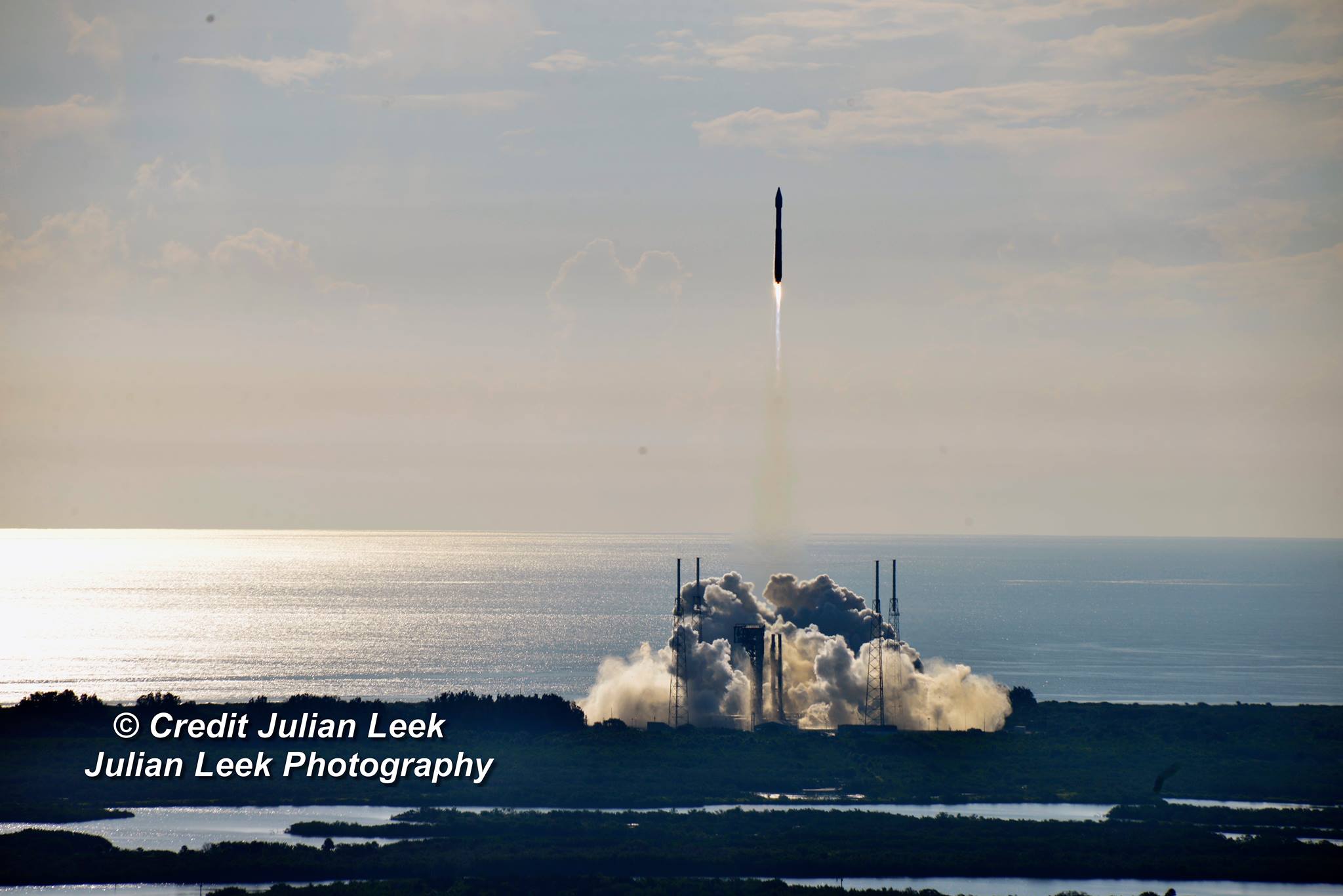
TDRS-M joins a constellation of 9 TDRS satellites already in orbit and ups the fleet to ten orbiting satellites.
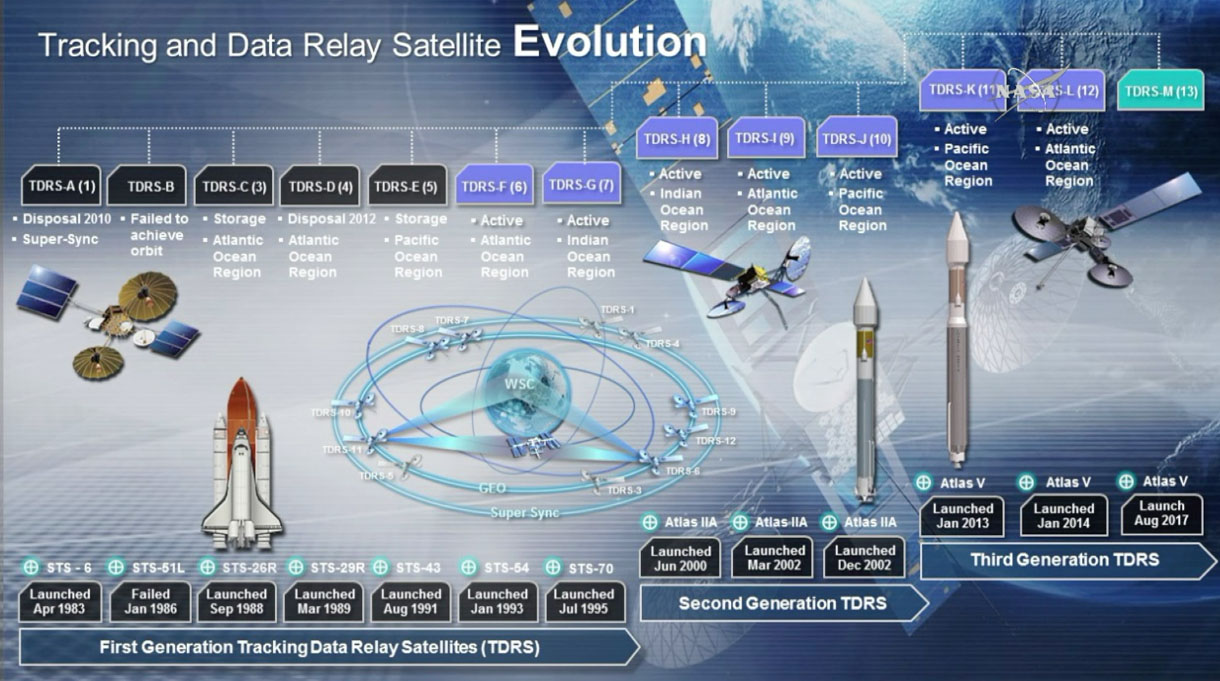
The Atlas V rocket and Centaur upper stage delivered TDRS-M to its desired preliminary orbit.
“Trajectory analysis in. Injection accuracy was within 1% of prediction #TDRSM,” tweeted ULA CEO Torey Bruno.
Several hours after the launch ground controllers reported the satellite was in good health.
On tap now is a four month period or orbit checkout by prime contractor Boeing as well as a series of five significant orbit raising maneuvers from its initial orbit to Geostationary orbit over the Pacific Ocean.
“This TDRS-M milestone is another step forward in Boeing’s commitment to developing technologies to support future NASA near-Earth, moon, Mars and deep space missions – and to do so affordably, drawing on our 40-plus years of strong Boeing-NASA partnership,” said Enrico Attanasio, executive director, Department of Defense and Civil Programs, Boeing Satellite Systems.
Ground controllers will then move it to its final orbit over the Atlantic Ocean.
NASA plans to conduct additional tests before putting TDRS-M into service early next year over the Atlantic.

The importance of the TDRS constellation of satellites can’t be overstated.
Virtually all the communications relay capability involving human spaceflight, such as the ISS, resupply vehicles like the SpaceX cargo Dragon and Orbital ATK Cygnus and the soon to launch human space taxis like crew Dragon, Boeing Starliner and NASA’s Orion deep space crew capsule route their science results voice, data, command, telemetry and communications via the TDRS network of satellites.
The TDRS constellation enables both space to space and space to ground communications for virtually the entire orbital period.
The two stage Atlas V rocket stands 191 feet tall.
TDRS-M, spacecraft, which stands for Tracking and Data Relay Satellite – M is NASA’s new and advanced science data relay communications satellite that will transmit research measurements and analysis gathered by the astronaut crews and instruments flying abroad the International Space Station (ISS), Hubble Space Telescope and over 35 NASA Earth science missions including MMS, GPM, Aura, Aqua, Landsat, Jason 2 and 3 and more.
The TDRS constellation orbits 22,300 miles above Earth and provide near-constant communication links between the ground and the orbiting satellites.
TRDS-M will have S-, Ku- and Ka-band capabilities. Ka has the capability to transmit as much as six-gigabytes of data per minute. That’s the equivalent of downloading almost 14,000 songs per minute says NASA.
The TDRS program is managed by NASA’s Goddard Space Flight Center in Greenbelt, Maryland.
TDRS-M is the third satellite in the third series of NASA’s American’s most powerful and most advanced Tracking and Data Relay Satellites. It is designed to last for a 15 year orbital lifetime.
The first TDRS satellite was deployed from the Space Shuttle Challenger in 1983 as TDRS-A.
TDRS-M was built by prime contractor Boeing in El Segundo, California and is the third of a three satellite series – comprising TDRS -K, L, and M. They are based on the Boeing 601 series satellite bus and will be keep the TDRS satellite system operational through the 2020s.
TDSR-K and TDRS-L were launched in 2013 and 2014.

The Tracking and Data Relay Satellite project is managed at NASA’s Goddard Space Flight Center.
TDRS-M was built as a follow on and replacement satellite necessary to maintain and expand NASA’s Space Network, according to a NASA description.
The gigantic satellite is about as long as two school buses and measures 21 meters in length by 13.1 meters wide.
It has a dry mass of 1800 kg (4000 lbs) and a fueled mass of 3,454 kilogram (7,615 lb) at launch.
Watch for Ken’s continuing onsite TDRS-M, CRS-12, ORS 5 and NASA and space mission reports direct from the Kennedy Space Center and Cape Canaveral Air Force Station, Florida.
Stay tuned here for Ken’s continuing Earth and Planetary science and human spaceflight news.

